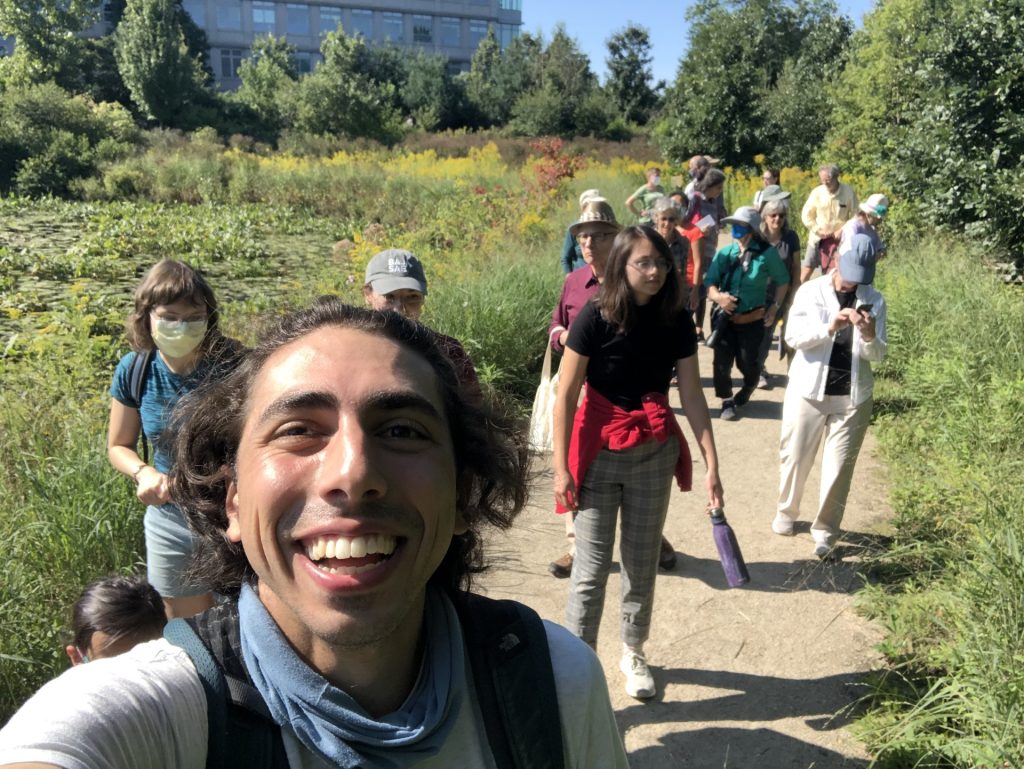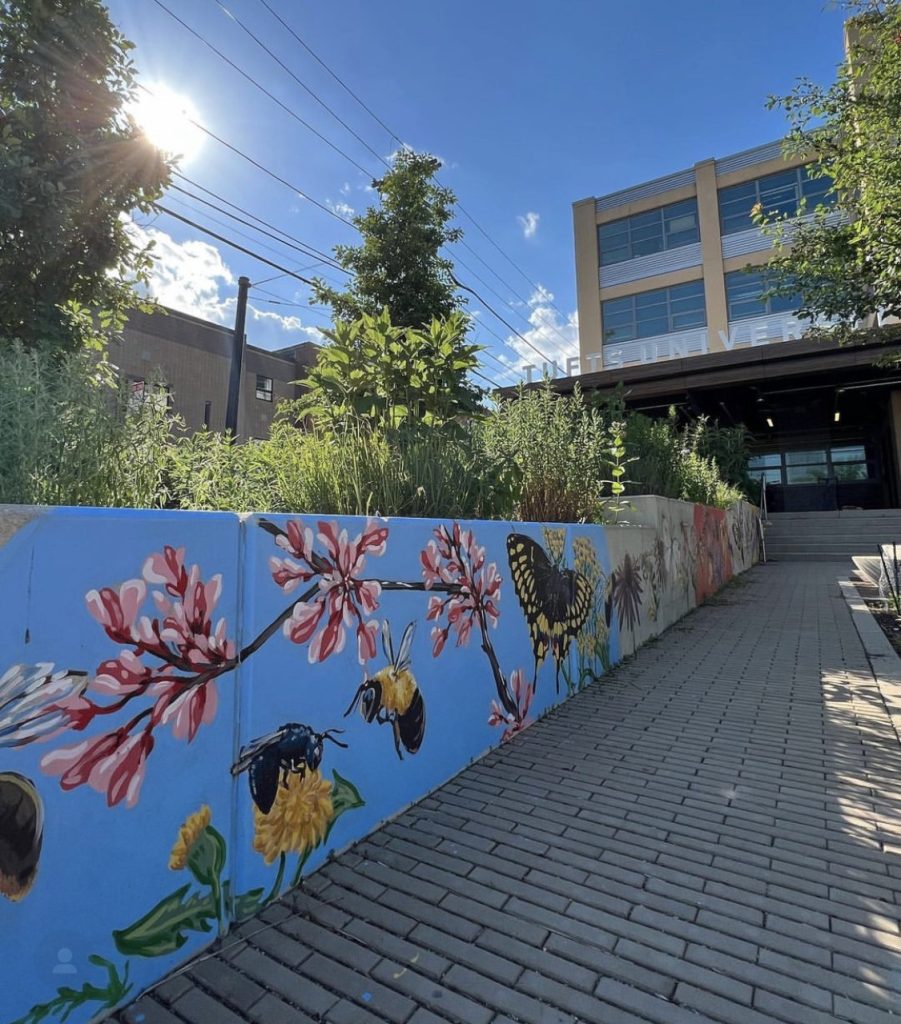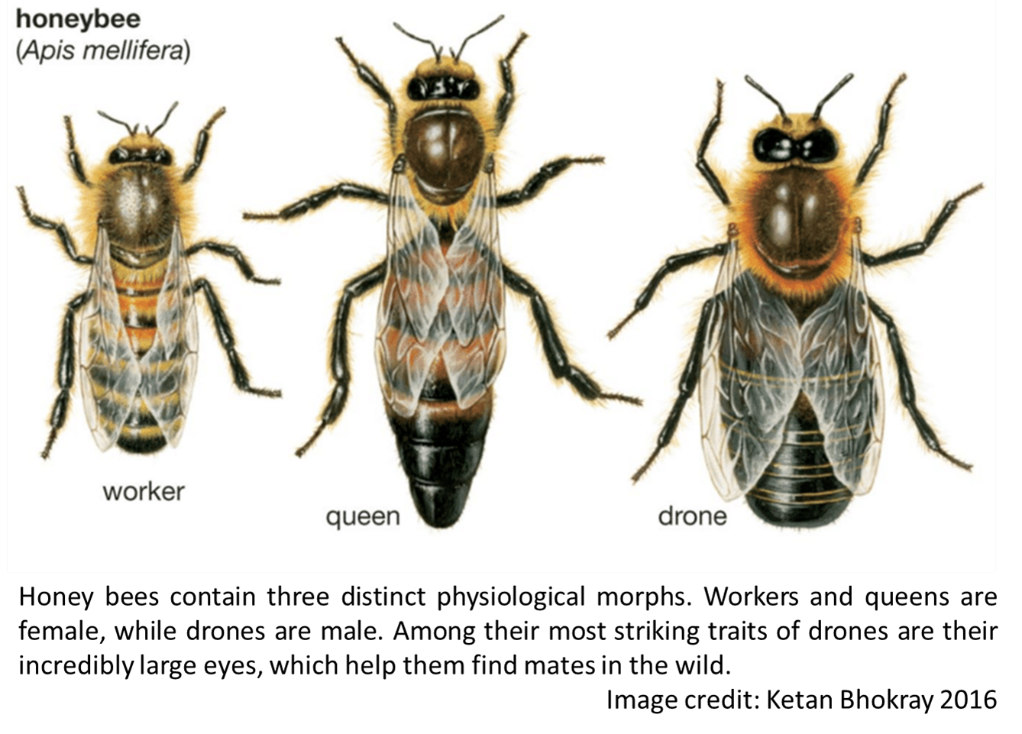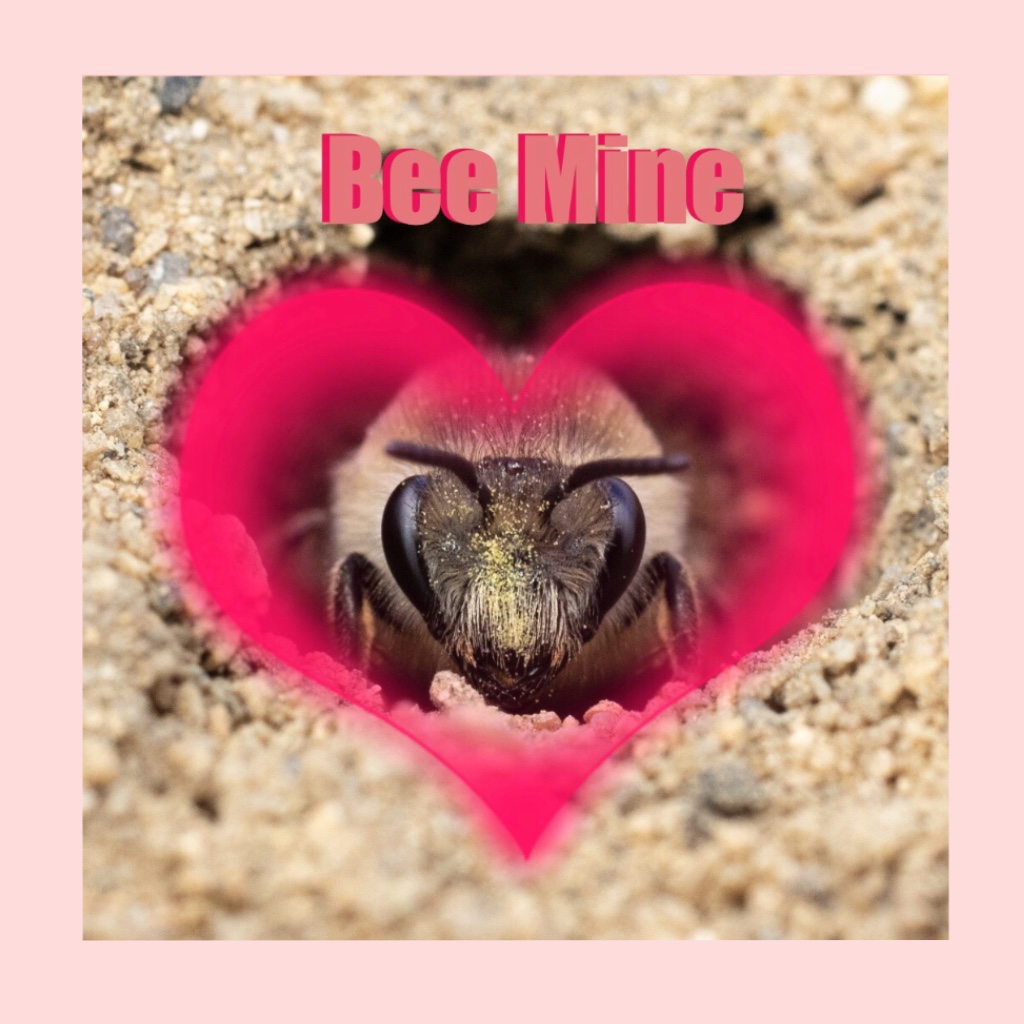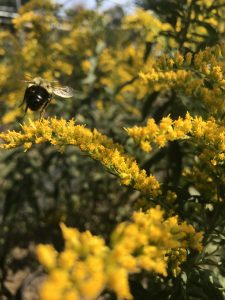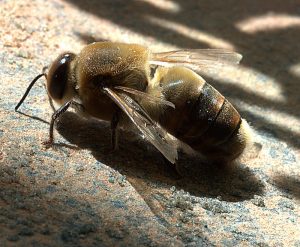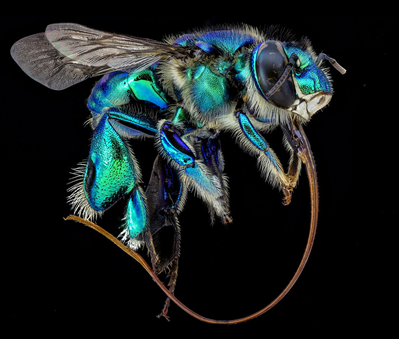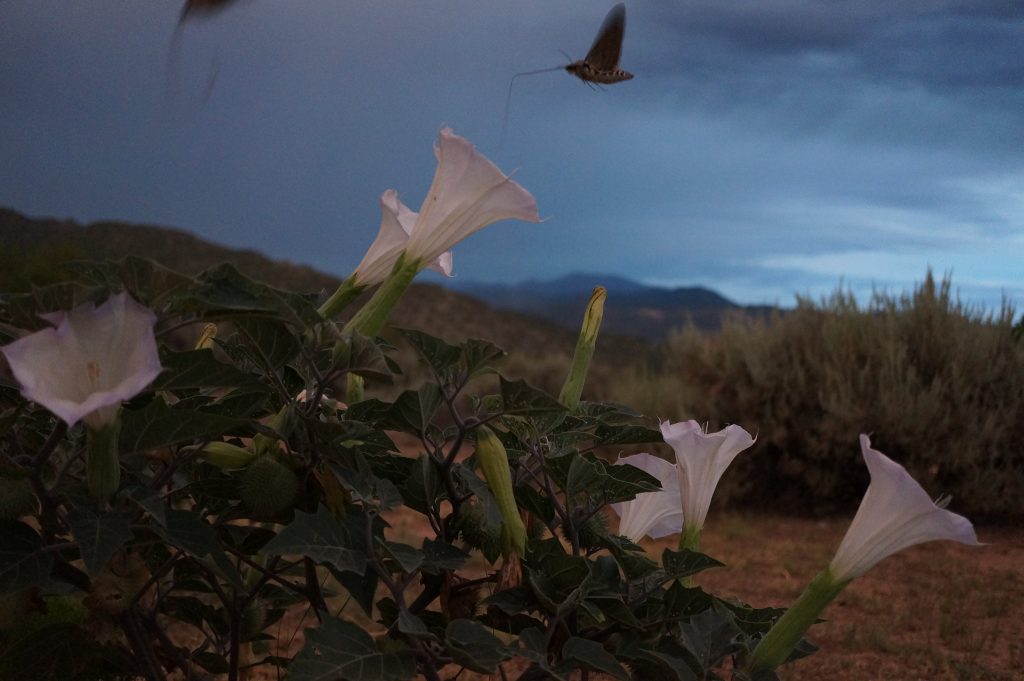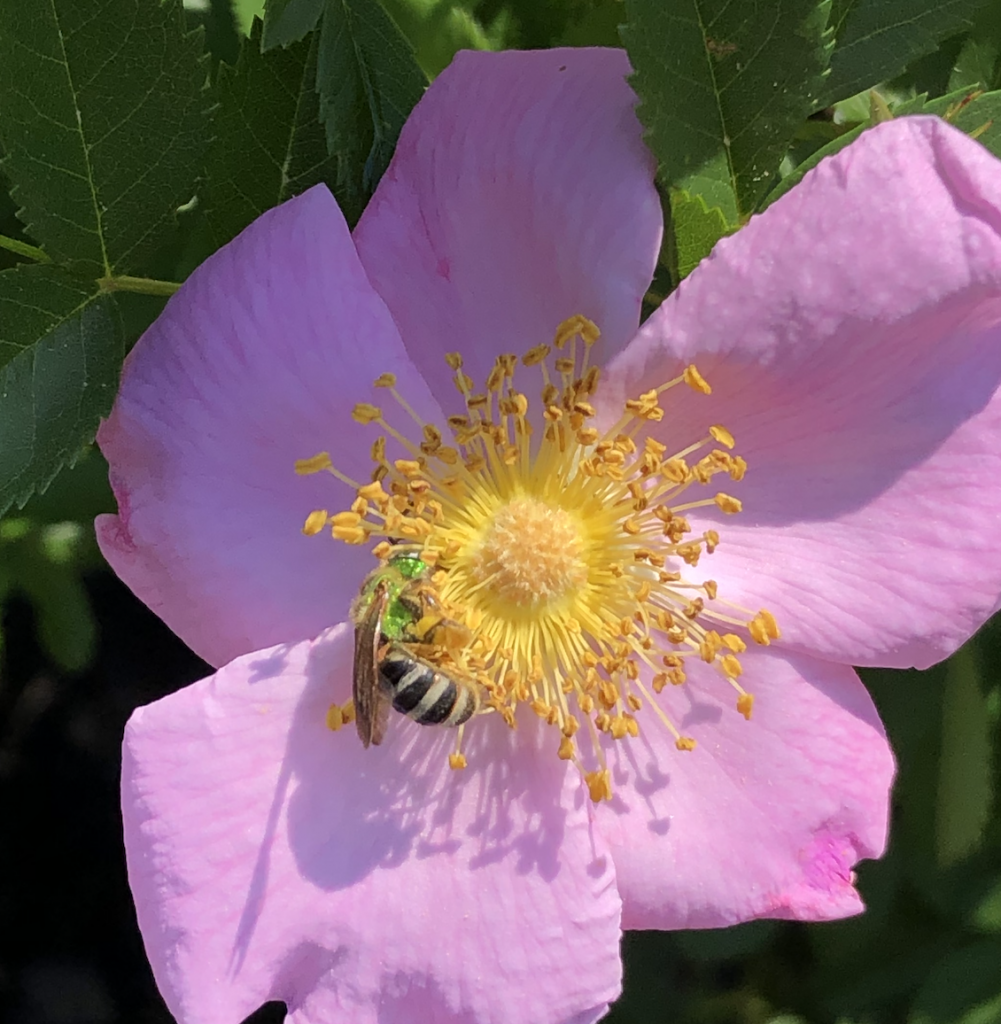After four incredible years of building (or should we say, growing?) TPI from the ground up, our amazing president and co-founder Nick Dorian has successfully defended his dissertation and is leaving Tufts as Doctor Dorian. Nick has moved to Chicago where he will be working in the Chicago Botanical Gardens with Paul CaraDonna to study the ecology of pollinator gardening. The impact Nick has had on TPI, Tufts University, and the larger Medford, Somerville, and Boston area has been immense. Though we will miss him hugely, we are excited to see what he accomplishes in this next chapter.
Nick was one of five founding members of the Tufts Pollinator Initiative. What started as wishful thinking by a faculty member about turning manicured backyards in the city into pollinator habitat is now a city-wide program that has gained local and even regional recognition. In April 2019, TPI planted its first garden at 574 Boston Ave in a neglected garden bed and launched the TPI Twitter and Facebook pages. This group of graduate students made it their mission to educate community members about pollinator conservation through outreach and turn pollinator gardening into a social movement.
A year later, Nick took over and TPI has bloomed under his leadership. Nick committed time to making the pollinator gardens on campus not only functional habitat, but also beautiful and inviting spaces for people to use. His vision to combine our gardens with artwork and leisure encourages individual exploration and curiosity, which is key to supporting interest in pollinators. Nick understands that people will support what they care about, and they care about what they can see, feel, and experience. He brought this vision to life at 574 Boston Ave, where the former parking lot is now known as the “Pollinator Plaza”. This space is host to 5 pollinator gardens, a mural painted by undergraduate Audrey Carver, and a little free seed library built by engineering student Andrew Daetz. The plaza is dotted with colorful signs that explain the role pollinators play in keeping our natural spaces thriving, highlight the importance of building habitat, and encourage viewers to explore the gardens. The Pollinator Plaza is now one of the most popular places on campus and is a bright spot in the city, showing us all that bee habitat is a thing of beauty.
Nick’s charisma and knack for storytelling has attracted a wide audience interested in participating in events with TPI and learning about the inner lives of insects. If you have ever heard Nick give a lecture (or listened to his Ted Talk!), you know he tells the story of a bee’s life as if he’s talking about an old friend. This ability to draw parallels between insects’ lives and our own has been essential for TPI to draw support for pollinator conservation in Boston and beyond. His storytelling has also made TPI’s signature Pollinator Safaris so successful. During a safari, participants are led through the gardens, equipped with handheld insect vacuums, and are tasked with finding the Big Five: bees, butterflies, wasps, flies, and beetles. With every insect captured, Nick has a story about the full life it leads when we aren’t watching. The hour flies by, and participants leave excited to watch the bees, butterflies, and wasps in their own backyards and neighborhood parks.
While Nick has helped to create a pollinator oasis on campus and finds a way to turn anyone into an insect-lover, he has also worked hard to cultivate connections to the community groups that are foundational to successfully engaging individuals in creating habitat across the city. Thanks to Nick’s dedication to building out our network, TPI was featured in the Boston Globe and visited by Senator Ed Markey, who planted mountain mint in one of our gardens. Nick is often the creative mind behind many of our outreach events like Seeds and Cider, where we distribute free native seeds in the fall, and a low-cost Native Plant Sales in the spring, an effort we hope reduces barriers to starting a garden. TPI was asked to design the garden space outside Medford City Hall and receives requests each year from neighboring universities asking for guidance in building their own versions of TPI.
Outside of his presidential duties, Nick has spent his time teaching a class to Tufts undergraduates “All About Bees” and as a frequent guest lecturer in Tufts classrooms. He is passionate not only about protecting pollinators and our natural spaces, but about appreciating and enjoying them too. He believes whole-heartedly in diving into curiosity and harnessing our sense of wonder at the natural world to power any successful conservation movement.
We hope that someday Nick’s passion for pollinator conservation and outreach will lead him back to TPI and these gardens that he’s built with so much care. Until then, it’s up to all of us to keep the wonder alive and thriving.
Farewell and good luck, Nick! You have a whole city of people who will miss you!


